Beech nut baby food ingredients
Beech-Nut Baby Food Ingredients
subscribesearch iconby Jenna Braddock · This post may contain affiliate & Amazon links · The blog generates income via ads
Do you know what's actually in baby food? Beech-Nut has just become the first company to release the percentages of the ingredients in their products. Read more about it here.
I was compensated by Beech-Nut to write this post about the exciting news of their ingredient transparency. I am happy to partner with them as a company I chose personally, and bought when feeding my baby.Last year, right about this time, I was contacted by Beech-Nut to see if I wanted to sample their new line of baby food. Ben was only about 8 months and I was up to my eyeballs in baby food related issues. Not knowing much about Beech-Nut, I agreed and then sort of forgot about it.
When my samples came, I had to check the name of couple of times because what I received looked NOTHING like the Beech-Nut I vaguely remembered. I decided to write a review for my blog about how much I had come to love the NEW Beech-Nut. You can read about it HERE. This review even includes an interview with Beech-Nut's VP of Marketing & Sales! Please check it out to find out exactly why I love this company and recommend their products.
This week I was contacted again by Beech-Nut with more exciting news. Beech-Nut has become the FIRST baby food company to disclose the percentage amounts of the ingredients in their products. WOWSERS! (Please read this brief article from the Center for Science in the Public Interest on why this is such a big deal.)
Why is this so important? Well, for those of us who find ourselves in the baby food isle regularly, you know you have A LOT of options. I would often read the ingredients lists for different products and be amazed that an ingredient listed in the title of the food (i.e. spinach), would be at the end of the ingredients list. This means that compared to the total volume, it was not a very significant ingredient. What the heck!!
What the heck!!
Thankfully, you can now know the exact breakdown of the baby food you are buying thanks to Beech-Nut. Visit their website and click on the any of their flavors of baby food. Under the nutrition facts label, you will also see the percentage breakdown of ingredients, just like in the picture above.
For instance, their Just Apple & Kale flavor is 86% apples and 14% kale. Sure, I would like to see more kale happening in their, but at least I KNOW.
This is important to me because it says that Beech-Nut has nothing to hide and they want us, the consumers, to help them make the best products they can make. I believe their line will only get better, with increased concentrations of the veggies we really want in our baby's bodies.
I really hope more food companies will follow suit. Thank you to Beech-Nut for setting a new standard!
To healthy and happy babies,
Jenna
About Jenna Braddock
Jenna Braddock is a Registered Dietitian, wife to a football coach, and mom to 2 little boys. She is all about ways to make healthy living easier through realistic strategies and doable, delicious recipes. Stick around for food, fun, fitness, football, and family by subscribing to email updates from MHE.
She is all about ways to make healthy living easier through realistic strategies and doable, delicious recipes. Stick around for food, fun, fitness, football, and family by subscribing to email updates from MHE.
Subscribe to Make Healthy Easy's email updates & get my free guide to healthy smoothies.
EWG's Food Scores | Beech Nut Naturals Baby Food, Mango, Apple & Avocado
EWG Overall Score Breakdown
The product score is based on weighted scores for nutrition, ingredient and processing concerns. Generally, nutrition counts most, ingredient concerns next and degree of processing least. The weighted scores are added together to determine the final score.
Lower concern
Higher concern
Lower concern
Higher concern
Read our full methodology
Considers calories, saturated fat, trans fat, sugar, sodium, protein, fiber and fruit, vegetable and nut content to differentiate between healthful and less healthful foods. For more information on nutrition concerns, read our full methodology.
EWG calculates that this product is 15% sugar by weight and contains 4 teaspoons of natural sugar per serving []
Contains fruit, vegetables, beans or nuts as a primary ingredient []
The nutrition factors used for scoring Beech Nut Naturals Baby Food, Mango, Apple & Avocado
Positive factors
Fruit, vegetable, bean or nut content
Protein content
Fiber content
Omega-3 fatty acids
Negative factors
Calorie density
Sugar/low-calorie sweetener content
Sodium content
Saturated fat content
Trans fat content
Considers food additives, pesticides, hormones, antibiotics and contaminants like mercury and BPA, which can affect human health and the environment. For more information on ingredient concerns, read methodology.
This product is not certified organic []
Estimates how much the food has been processed. Considers many factors, chief among them, modification of individual ingredients from whole foods and number of artificial ingredients.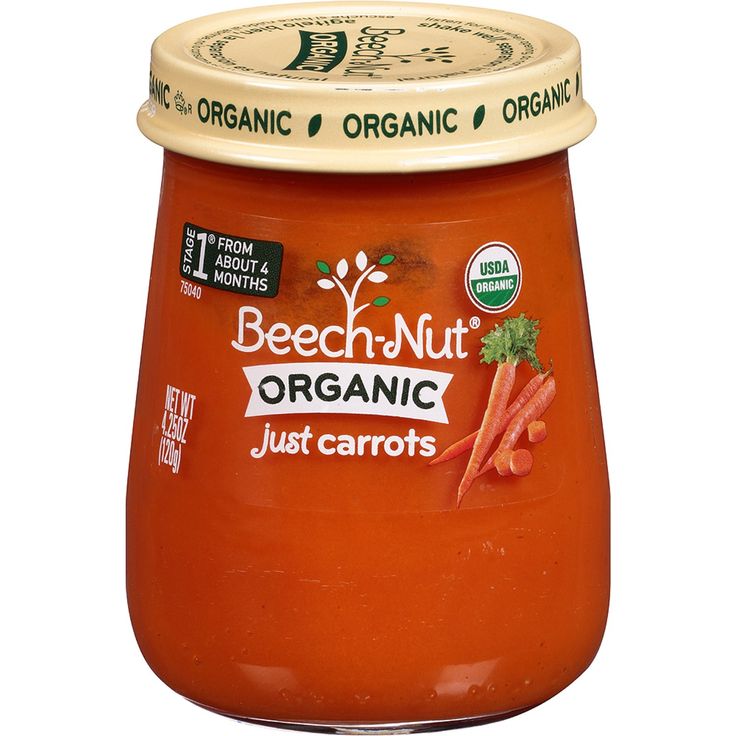 For more information on processing concerns, read our full methodology.
For more information on processing concerns, read our full methodology.
Product has been classified as having no processing concerns
Products with no processing concerns identified are generally whole foods without additives.
Please note that EWG obtains the displayed images of products from third parties and that the product's manufacturer or packager may change the product's packaging at any point in time. Therefore, EWG assumes no responsibility for the accuracy of images presented.
| ||||||||||||||||||||||||||||||||||||||||||
Beech nuts - properties, benefits, contraindications
05/02/2016
How to counter the ubiquitous products "enriched" with preservatives, thickeners or artificial colors? Take a walk for provisions ... into the forest.
Among the many gifts from the forest, one can also find beech nuts, which are perfectly acceptable for use in the kitchen. They are an interesting addition to cakes, desserts, salads, and also act as the main component of a fragrant tincture.
- Are beech nuts edible?
- Health benefits of beech nuts
- On a toxic substance in beech fruits
Are beech nuts edible?
The common beech is a very common tree in European forests. It begins to bloom only after reaching 60-80 years of age. Every 5-8 years, the beech abundantly “produces” thorny fruits, which fall to the ground from September to November, releasing nuts hidden inside - a favorite delicacy of wild boars, roe deer, deer, squirrels and many species of birds.
It begins to bloom only after reaching 60-80 years of age. Every 5-8 years, the beech abundantly “produces” thorny fruits, which fall to the ground from September to November, releasing nuts hidden inside - a favorite delicacy of wild boars, roe deer, deer, squirrels and many species of birds.
Beech nuts, slightly reminiscent of hazelnuts or walnuts, have been enjoyed by people for many centuries. They were enjoyed by the ancient Greeks. The ancient inhabitants of Scandinavia baked bread from ground beech nuts mixed with flour. The French steamed them and made a drink that served as an alternative to black coffee. In Germany, beech seed oil is still very popular, which is added with pleasure to various dishes. Once margarine was obtained from them, which replaced the more expensive and difficult to produce butter. The nuts of the American beech - a "relative" of the common beech - were also highly valued by the Indians. They ate them fresh and dried, cooked with various vegetables and fruits.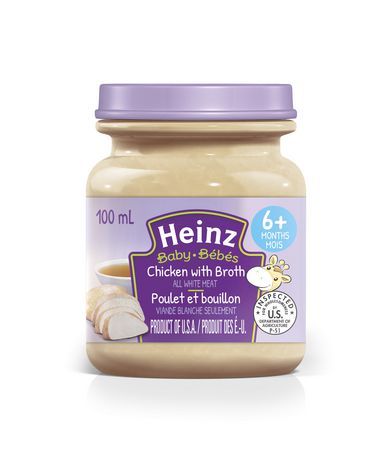
What are the benefits of beech fruit?
People who have ever eaten beech nuts pay special attention to their oiliness. This is hardly surprising, since fruits can contain up to 50% of various fatty substances. First of all, these are unsaturated fatty acids, which easily combine with cholesterol, provoking a decrease in its concentration in the blood, and also increase the body's resistance.
Beechnuts are a rich source of proteins, carbohydrates, trace elements (calcium, phosphorus, magnesium) and B vitamins, which are responsible for the efficiency of the nervous system, give energy, regulate metabolic processes, take care of heart health, skin and hair condition.
In beech fruits, you can also find many organic acids (in particular, coumaric, vanilla, ferulic, malic and citric), as well as saponins, which accelerate the digestion of fats, have anti-inflammatory, bactericidal and diuretic effects.
How can beech nuts be harmful?
The forest delicacy also supplies the body with many substances that are much less beneficial to health. First of all, it is oxalic acid. Its excess weakens teeth and bones, favors the formation of kidney stones, especially in people who have problems with the urinary system.
First of all, it is oxalic acid. Its excess weakens teeth and bones, favors the formation of kidney stones, especially in people who have problems with the urinary system.
The second, to put it mildly, not the most useful substance is fagin, an alkaloid that is poisonous in large quantities and causes hallucinations. Also "on his conscience" may be headaches, vomiting, nausea, convulsions and a decrease in body temperature. So beech nuts should be eaten in moderation.
Related articles
Beech nuts - chemical composition, nutritional value, BJU
- FitAudit →
- products ⤵
Beech contains 33.5 g carbohydrates per 100 g of product, this is approximately 22% of total energy from a serving or 134 cal. calories - 576 kcal.
calories - 576 kcal.
The composition of the beech nut:
fats - 50.00 g, proteins - 6.20 g, carbohydrates - 33.50 g, water - 6.60 g, ash - 3.70 g.
Total content sugars - n / a, fiber - n / a, starch - n / a.
Cholesterol content - 0.0 mg, trans fats - n / a.
Beechnut - proteins, fats, carbohydrates (BJU)
100 g of beech nuts contain 8% of the daily protein requirement, fats - 60% and carbohydrates - 11%.
| BJU, content | Percentage of Daily Value per 100 g | |
|---|---|---|
| Squirrels | 6. 2 g 2 g | 8.3% |
| Fats | 50.0 g | 59.5% |
| Carbohydrates | 33.5 g | 10.8% |
vitamins
There are no fat-soluble vitamins in beech nuts. Of the water-soluble vitamins C, B1, B2, B3 (PP), B5, B6 and B9 are present.
Of the water-soluble vitamins C, B1, B2, B3 (PP), B5, B6 and B9 are present.
| Vitamin content | Percentage of Daily Value per 100 g | |
|---|---|---|
| Vitamin A | 0.0 µg | 0.0% |
| beta carotene | n/a | 0.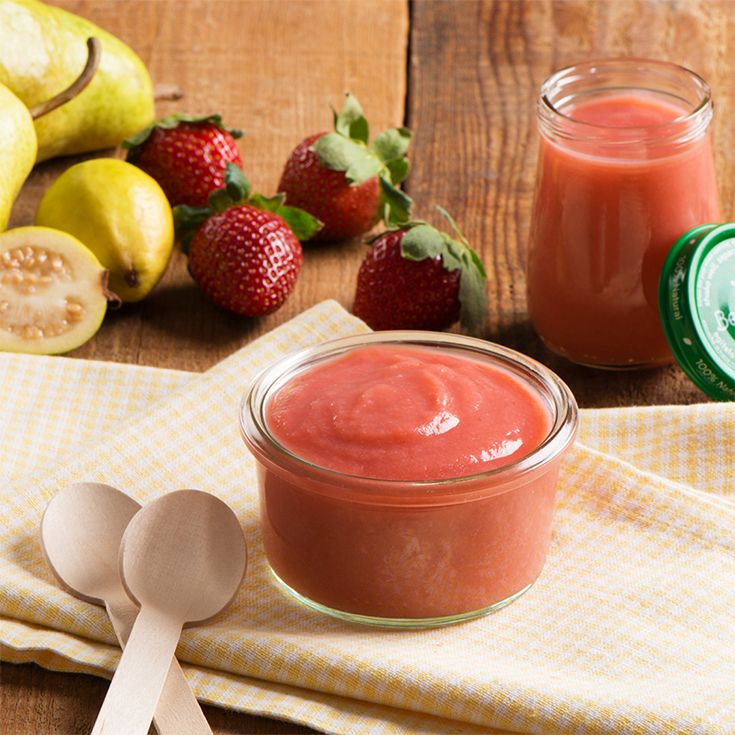 0% 0% |
| Alpha carotene | n/a | 0.0% |
| Vitamin D | n/a | 0.0% |
| Vitamin D2 | n/a | 0.0% |
| Vitamin D3 | n/a | 0.0% |
| Vitamin E | n/a | 0. 0% 0% |
| Vitamin K | n/a | 0.0% |
| Vitamin C | 15.5 mg | 17.2% |
| Vitamin B1 | 0.3 mg | 25.3% |
| Vitamin B2 | 0.4 mg | 28.5% |
| Vitamin B3 | 0.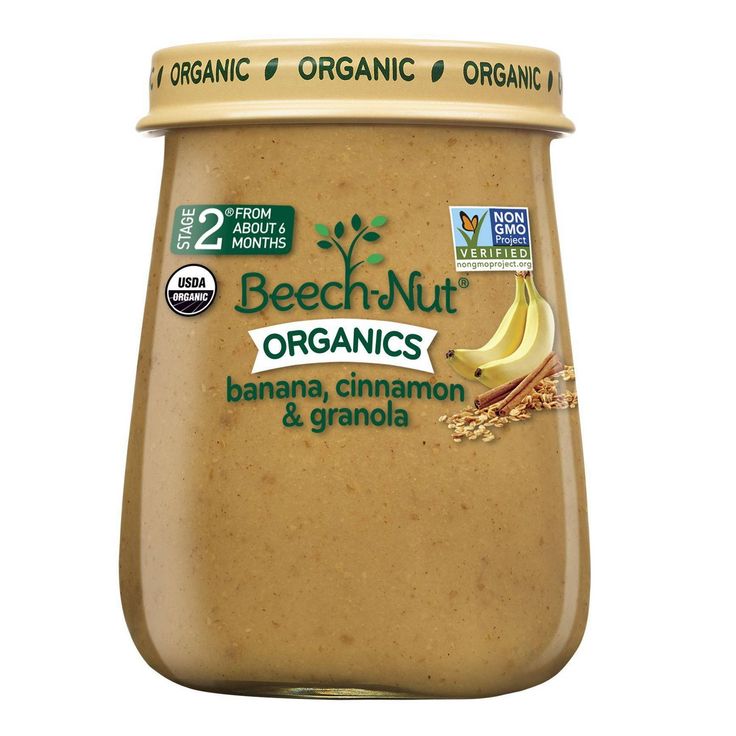 9 mg 9 mg | 5.5% |
| Vitamin B4 | n/a | 0.0% |
| Vitamin B5 | 0.9 mg | 18.5% |
| Vitamin B6 | 0.7 mg | 52.6% |
| Vitamin B9 | 113.0 mcg | 28.3% |
| Vitamin B12 | 0.0 µg | 0.0% |
| fat soluble water soluble |
Mineral composition
The ratio of minerals (macro- and microelements), contained in beech nuts is presented in the table using diagrams.
| Mineral content | Percentage of Daily Value per 100 g | |
|---|---|---|
| Calcium | 1. 0 mg 0 mg | 0.1% |
| Iron | 2.5 mg | 24.6% |
| Magnesium | 0.0 mg | 0.0% |
| Phosphorus | 0.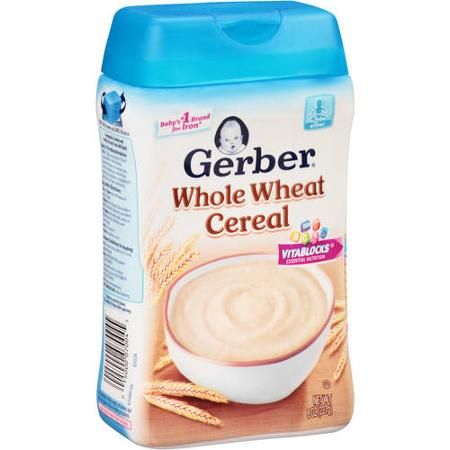 0 mg 0 mg | 0.0% |
| Potassium | 1017.0 mg | 21.6% |
| Sodium | 38.0 mg | 2. 9% 9% |
| Zinc | 0.4 mg | 3.3% |
| Copper | 0.7 mg | 74.4% |
| Manganese | 1.3 mg | 58.3% |
| Selenium | n/a | 0.0% |
| Fluorine | n/a | 0. 0% 0% |
Product Nutrients (detail)
Product Categories
- All products
- nuts
- Vegetarian products
- Vegan products (without eggs and milk)
- raw food products
- Herbal products
- List of all categories
Product category
All products Meat Meat from slaughtered animals Meat of wild animals (game) by-products Poultry meat (and by-products) Fish Seafood (all categories) shellfish Shellfish (crayfish, crabs, shrimp) Seaweed Eggs, egg products Milk and dairy products (all categories) Cheese Milk and dairy products Cottage cheese Other milk products Soy and soy products Vegetables and vegetable products tubers Roots Cabbage (vegetables) Salad (vegetables) Spicy (vegetables) Bulbs (vegetables) Nightshade melons Legumes Cereals (vegetables) Dessert (vegetables) Greens, herbs, leaves, salads Fruits, berries, dried fruits Mushrooms Fats, oils Lard, animal fat Vegetable oils nuts Cereals, cereals seeds Spices Flour, flour products Flour and bran, starch Bread, cakes, etc.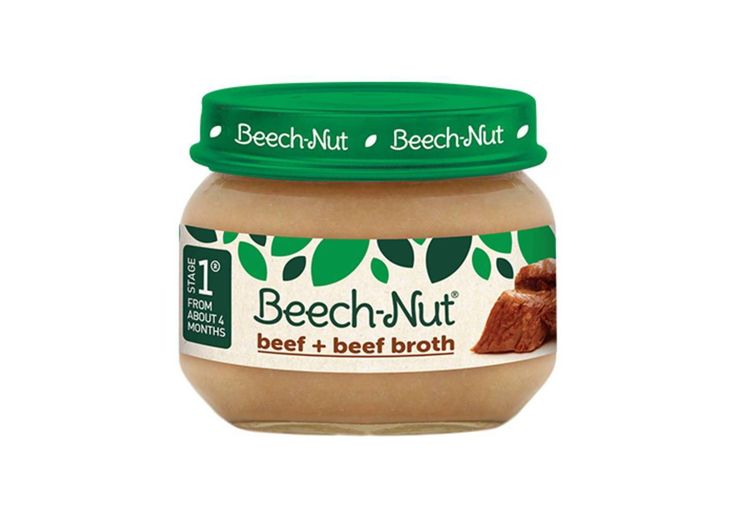

 0 180.0 %
0 180.0 % 









